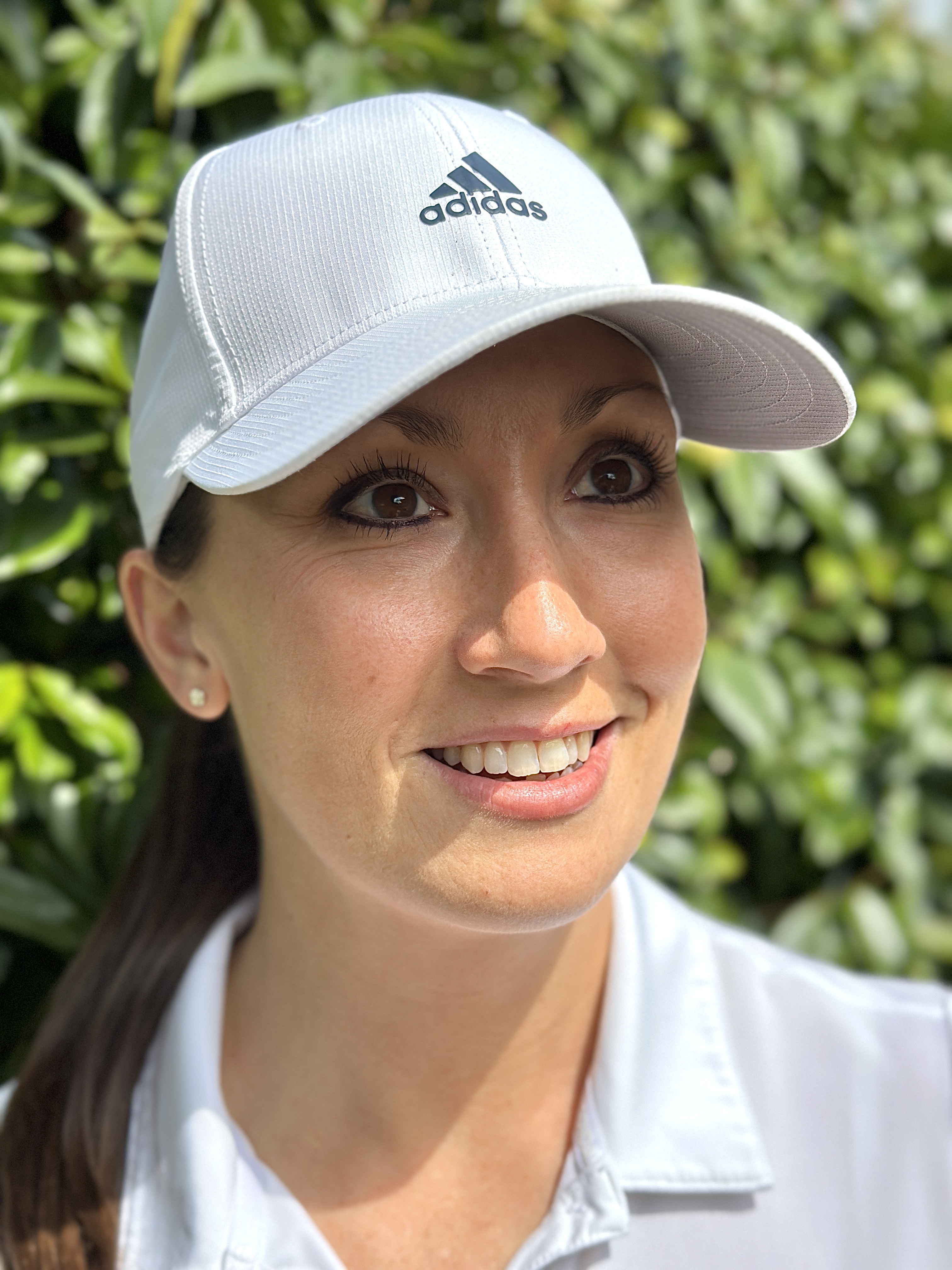'I Picked Up 3 Tips From Watching The World No.1 Amateur Golfer'
After watching Lottie Woad at the Curtis Cup, single-figure golfer Jess Ratcliffe offers 3 tips that will help to improve your game

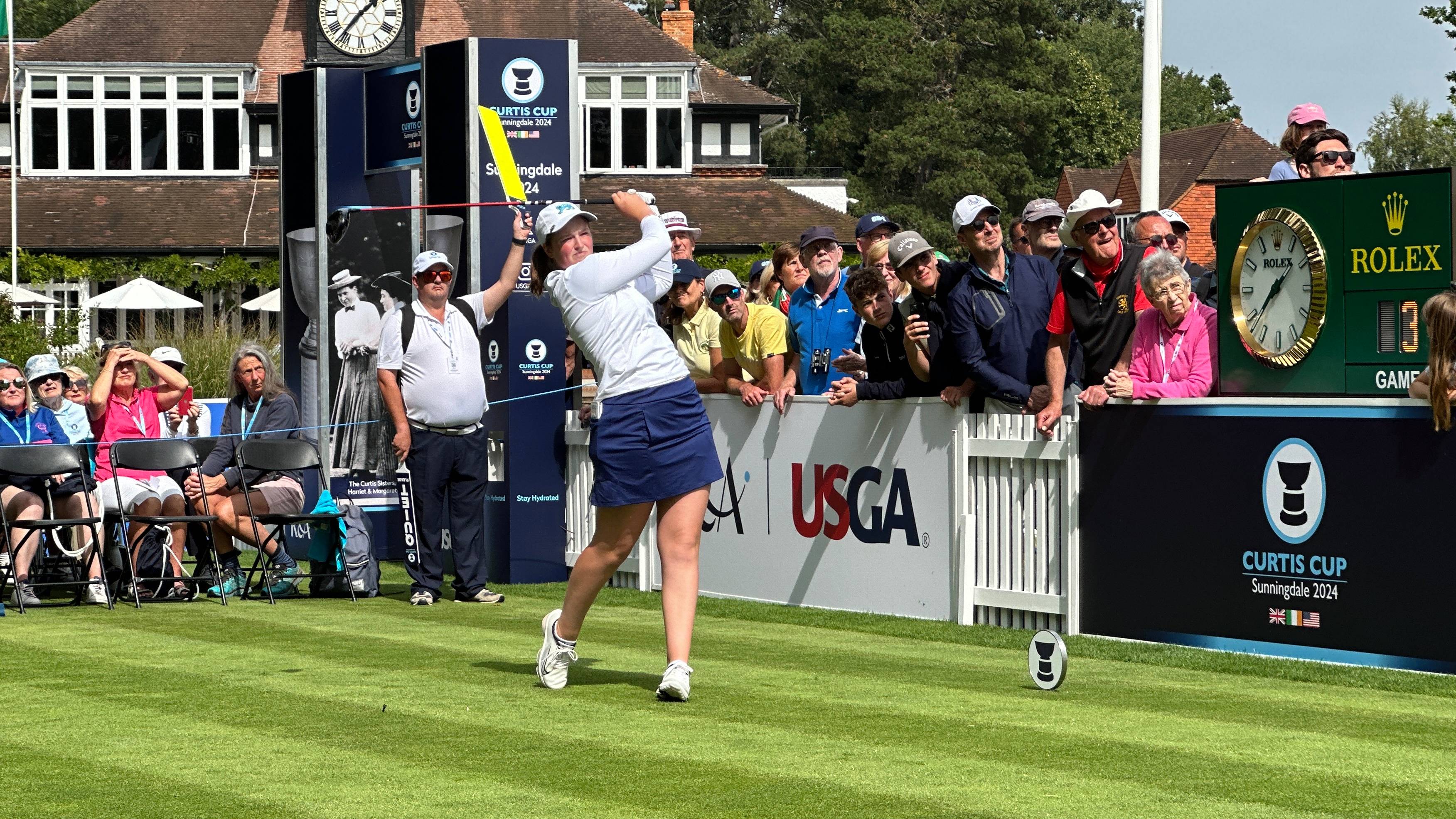
I went to watch the recent Curtis Cup match at Sunningdale Golf Club and my goodness, the golf was incredible. With 8 players on each team, including World No.1 amateur Lottie Woad on the GB&I side and Asterisk Talley for team USA, the youngest amateur to play in a Curtis Cup, there was no shortage of exciting shots on show.
There’s something special about watching the world’s best up close – to witness their pre-shot routines, their post-shot reactions and overall, their ability to perform under pressure, with hundreds of spectators lining the fairways and hugging the greens.
I spent most of my time following Lottie Woad, who has had an incredible year of golf – from winning the Augusta National Women’s Amateur and finishing top 10 at the AIG Women’s Open just a few weeks ago.
Here are 3 tips that I took away from watching Lottie Woad in action and how I’ll be applying them to improve my game:
The Power Of A Process
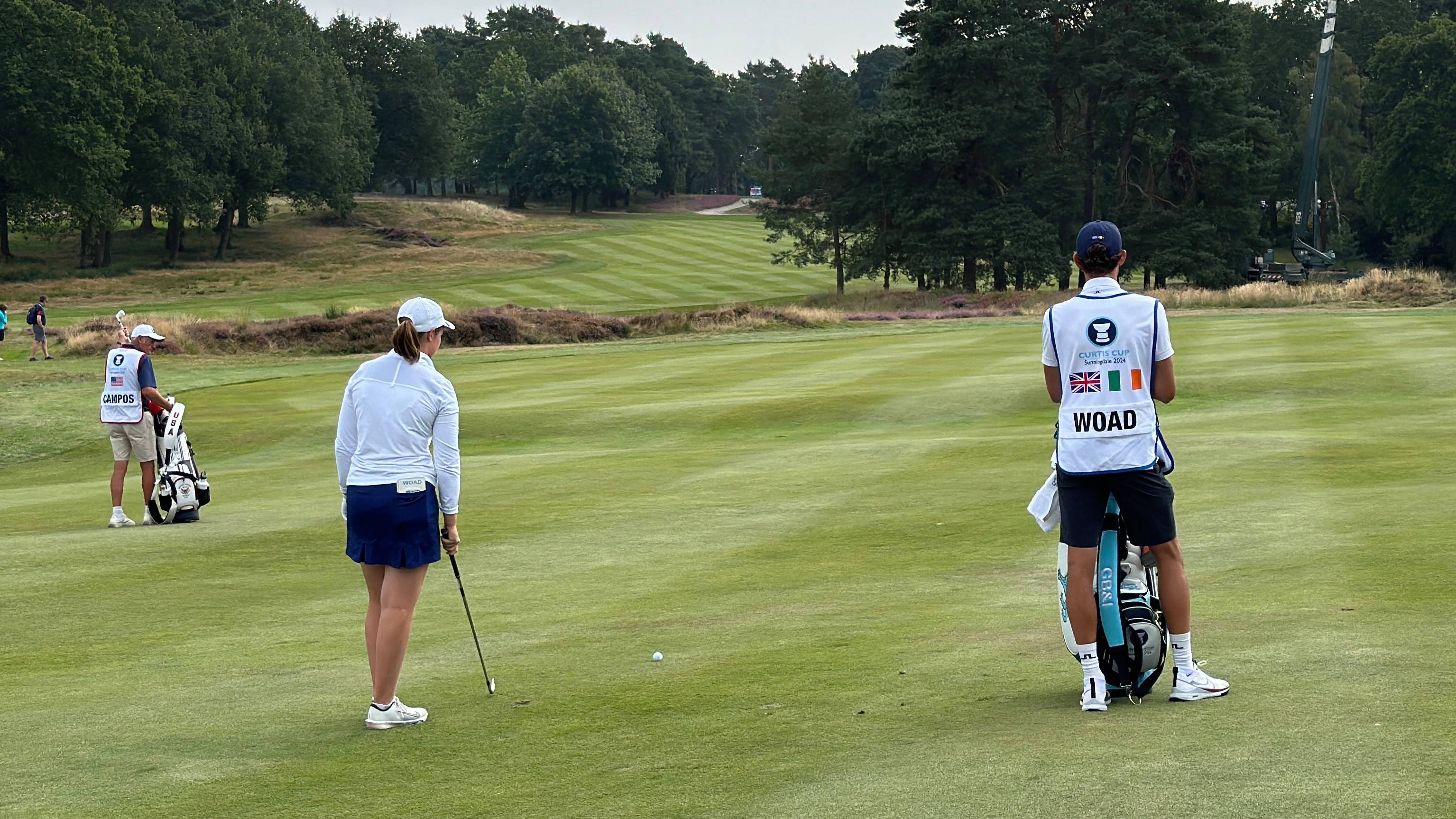
This was one thing that stood out to me the most – whether it was with driver off the tee, over a layup or pitch shot into the green, Woad had a process. And she followed it every time. There was no rushing or skipping steps.
And I can only imagine that, when there’s hundreds of humans huddling around your ball, waiting to cheer or groan based on the outcome of your shot, it would be easy to let that pressure creep in and steal your concentration. To rock your routine and make you rush to “get the shot over with”, so you can move on. But no.
The process was a permanent fixture before every swing. It was intentional and calming to watch. The practice swings. The setup. The takeaway rehearsal. The shot.
Subscribe to the Golf Monthly newsletter to stay up to date with all the latest tour news, equipment news, reviews, head-to-heads and buyer’s guides from our team of experienced experts.
It’s inspired me to create a process that I can lean on, especially when I’m playing under pressure, whether that’s when I’ve got a card in my hand or I’m trying to stitch a good score together on my YouTube channel.
If I’m being honest, my process isn’t permanent like Woad's. It changes and sometimes, I’ll throw it out the window all together – whether that’s running on to the tee for ready golf or rushing those “I’ll just finish this off” putts to get out of my playing partner's way.
Witnessing the repeatability of the routines on show made me realise how powerful it is to have a process that sets you up to hit the best shot you can. And it reminded me that being intentional before you hit your shot, isn’t the same thing as being slow. Something I think we can all fear being when we’re on the golf course.
Accuracy Of Approach Shots Will Create Chances
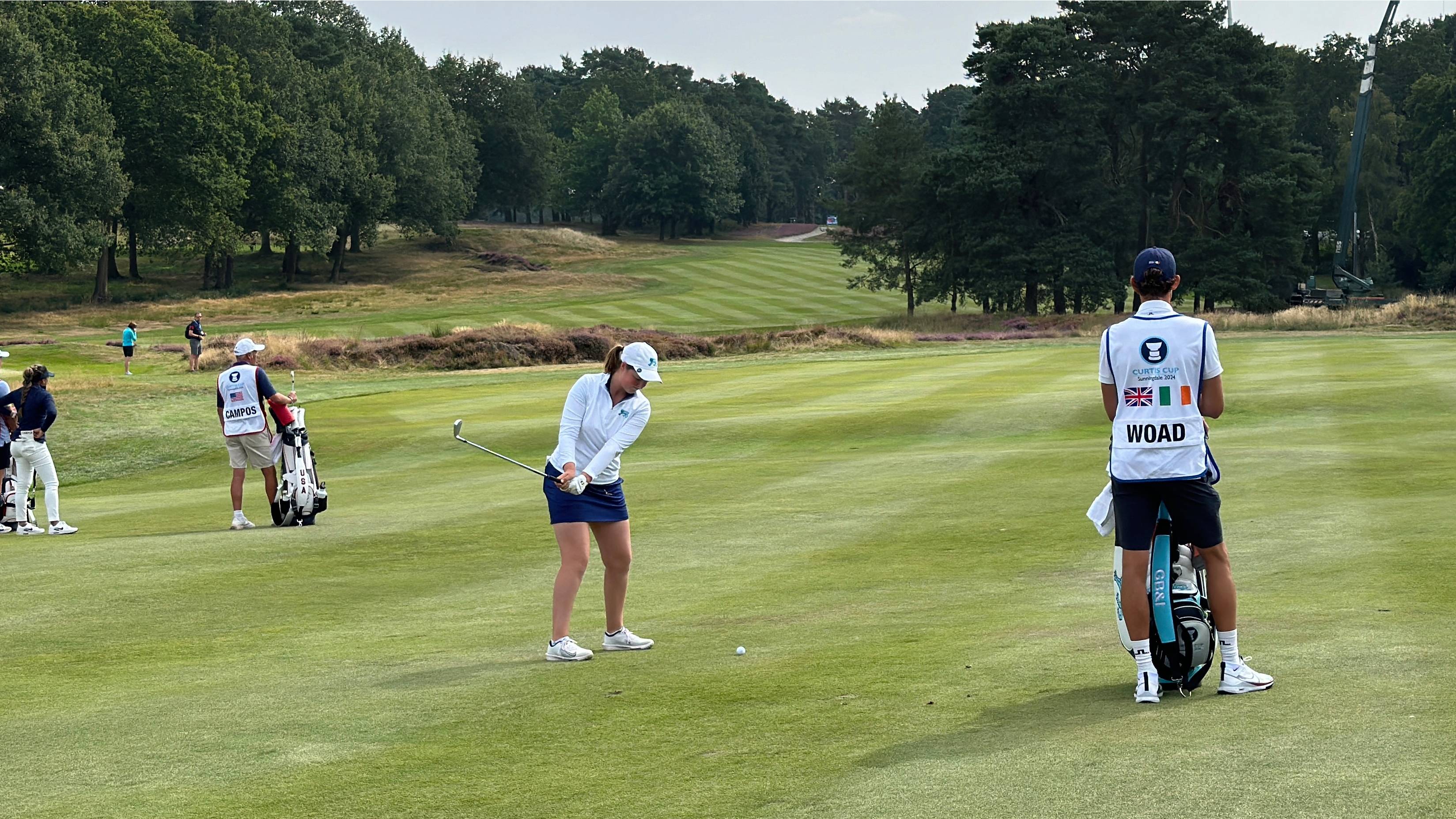
Whether it was with a wood or wedge into the green, the accuracy of Woad's approach shots gave her the chances to go low and get those birdies on the card.
As someone who is trying to break through to that next level of my game and start scoring in the 70s, this strategy caught my eye. And it inspired me to work on two things when it comes to my shots into the green:
1. My wedge game to get my 100 yards-and-in distances dialled, so that when I find myself with a wedge in my hand, I’ve got the confidence in my ability to get it close.
2. My wood (or hybrid) game to give myself chances to get on the green in two on par 5s, so that I can set myself up to go low by not only having the distance to get there but the accuracy too.
That’s why, when I’m working on these parts of my game on the range, I’m going to focus just as much on hitting specific targets as I am improving my technique.
When we’re on the golf range with a big bucket of balls, it’s easy to hit through them without taking the time to pick out a specific target or yardage we want to hit to and then giving ourselves the challenge of sending our shot there. But it’s that accuracy that will give us the chances when we’re on the course.
Strength Of Short Game
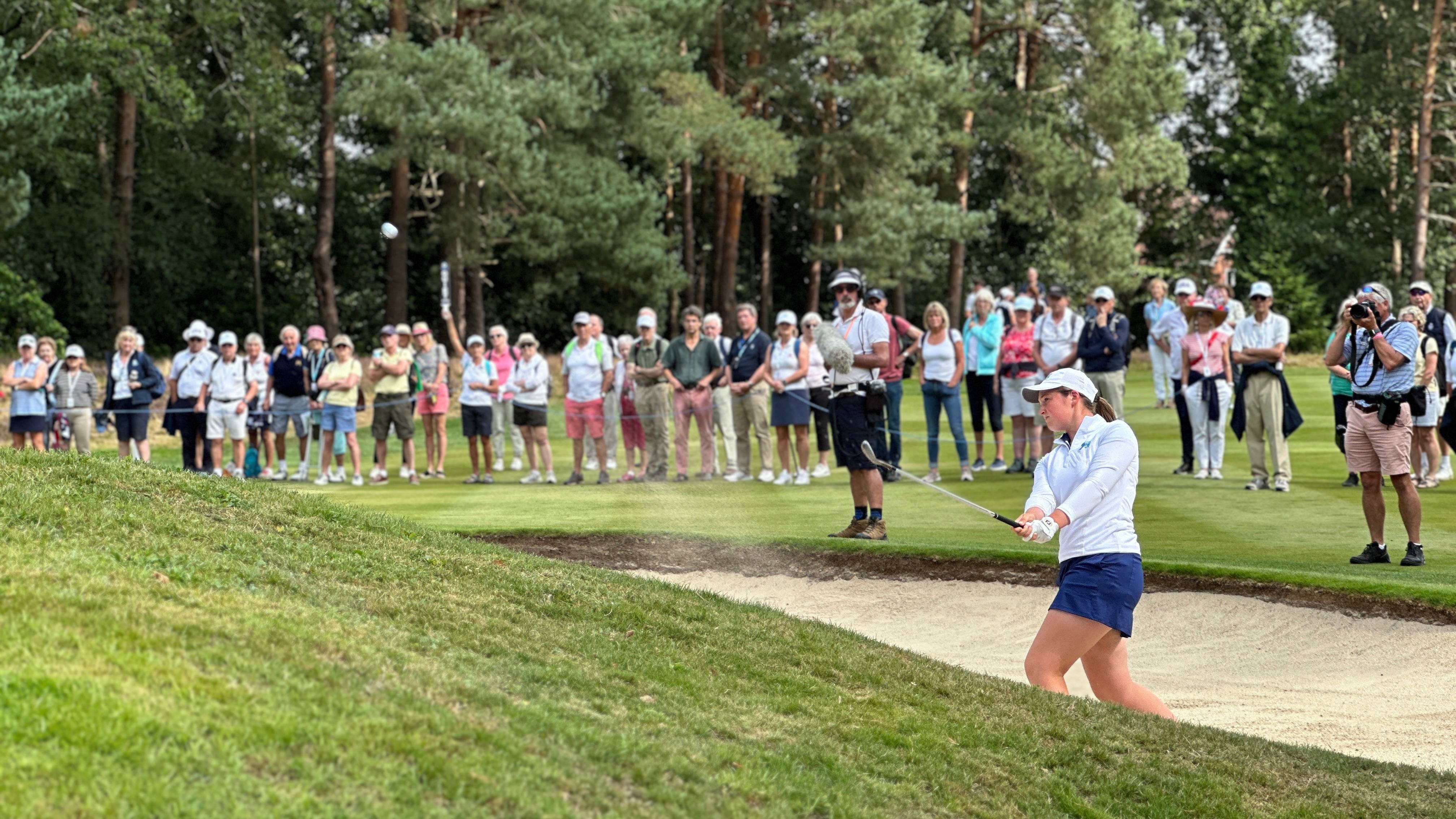
Watching Woad play showed me that when you’re going for greens, there will be times when you miss and that’s when it’s the strength of your short game that will save you. Whether it’s playing out of a greenside bunker or hitting a chip from off the green, if you can get yourself close enough, you’ll be able to scramble, rather than unravel.
This might seem obvious but how often do we find ourselves heading to the range to work on that long game, rather than levelling up the part of our game that will save us when we’re missing rather than making greens.
That’s why, after watching Woad in action, it’s inspired me to balance working on my long game accuracy with my short game ability, so that when the two come together, I can feel confident going for those greens, knowing that when I miss, my short game will save my score, rather than sink it.
After cutting her handicap from 34 to 9 in a year, Jess Ratcliffe is documenting how she’s working on her game to get really good at golf on her YouTube channel and Instagram.
